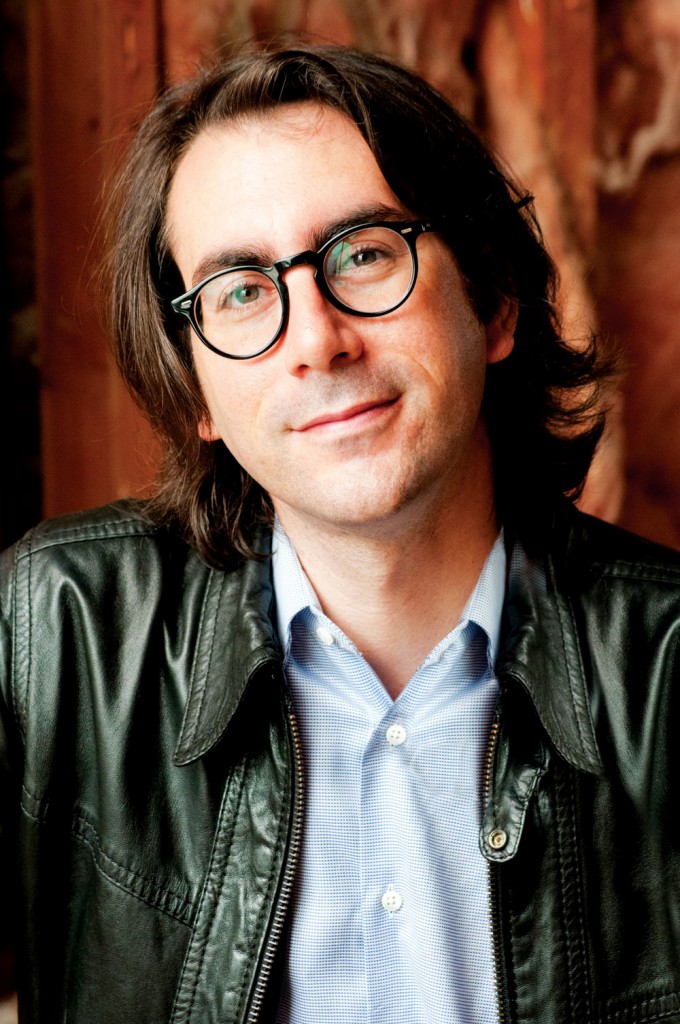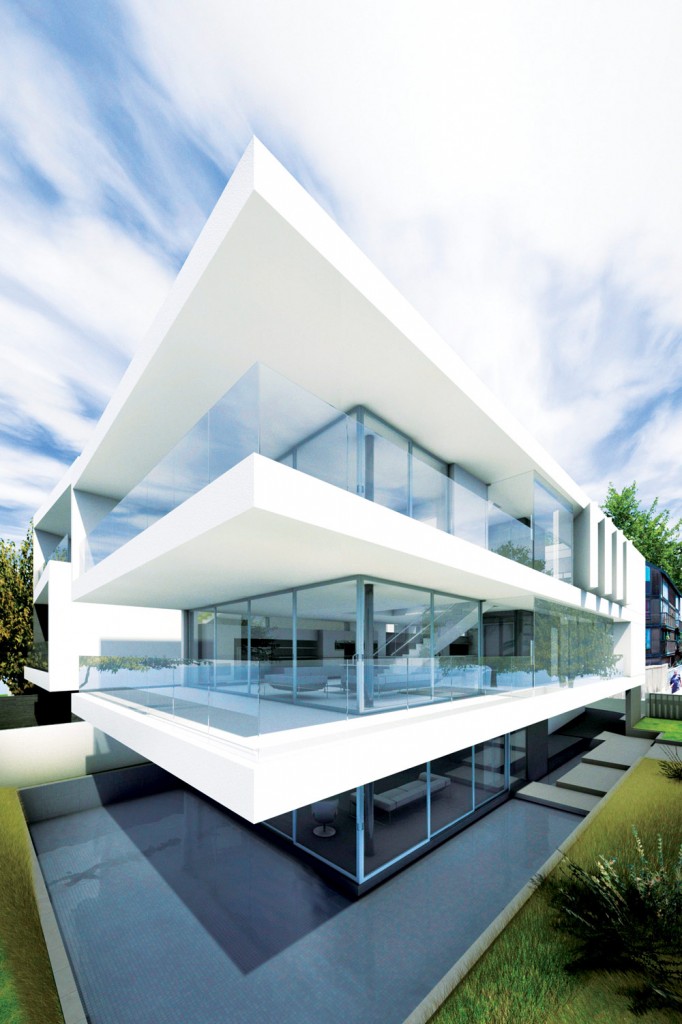A rising star architect uses unorthodox methods to create eye-catching designs.
Dan Brunn is a Lego devotee. He takes to the multi-colored and sturdy building bricks with the same gusto as a child would to a new toy fire truck—prodding them, banging them around, pushing them to their limits.
Brunn isn’t a child, though. He’s a rising star architect, and he’s stamping his unique and contemporary design aesthetic on California’s iconic Pacific coastline, building trend-setting homes for design-conscious clients in Los Angeles and San Francisco.
Still, he loves his Lego. “It all started in childhood,” he says of his enduring enthusiasm for the ever-popular Danish export. “I used to love building everything from cars to cities, and even though it’s considered a children’s toy, I still use Lego today to present to clients.”
His seemingly unorthodox pitches have worked. Two of his recent projects, at Venice Beach in Los Angeles, and in the Bay Area of San Francisco, call to mind the distinctness of a Frank Lloyd Wright or Mies van der Rohe home—and more than for their names alone. Like Wright’s cantilevered Fallingwater, or Mies’ glass-on-stilts Farnsworth House, Brunn’s stylish and contemporary Flip Flop and Fold Up houses have a shape, flow, and design that’s both visually arresting and not easily forgotten.
Innovative yet lasting design lie at the foundations of Dan Brunn Architecture, which operates from an office on Wilshire Boulevard in Los Angeles and another in his native Tel Aviv. “It’s what I’m aiming for,” he says. “I want to create and develop memorable work.” Consider Flip Flop’s deliberately extended balconies, facing directly onto L.A.’s popular Venice Beach. “They have to do with reaching inside outside,” Brunn says, alluding to Wright’s use of positive and negative space. “I try to carve out from a box everything else that you’d be inhabiting inside the box. My architecture is very much about choreography and walking through a space to a certain tempo.”
Another example of this comes shining through his Fold Up house, located in the Bay Area of San Francisco. Here, the house is all about the center core—the stairs.
“Instead of placing them in a manner where you would face the beach, they are positioned at 90 degrees,” he says. “It makes the user walk around the house, and always appreciate the ocean, but also have a sense of self. It’s not only about the view but about the person within the view.”
Heady stuff, but it fits the 35-year-old Brunn’s curious nature and global perspective. Born in Tel Aviv, his family moved to the United States while he was still in elementary school and playing with Lego.
Flip Flop House, Venice Beach, Los Angeles
His innate creative spirit fueled a Bachelor of Architecture degree from USC, followed by a move east to attend the Harvard Graduate School of Design, and back west again to launch his own architecture practice.
Brunn describes his architectural style as inspired by Bauhaus or the International Style, and he’s always thinking outside the box.
At Flip Flop house, for example, he installed a stylish reflecting pond on the ground floor, which combined with the ocean breezes, releases cool air up through the house via a ‘siphon’ effect.
Other design innovations include outdoor heating (a must for balconies, says Brunn) and home automation.
“Modern technology permeates design,” he says. “The question is, how do we integrate it, not should we?”
Brunn also takes a whimsical approach to design, and almost always tries to add a fun element to his projects. “My Dad wishes I was on Saturday Night Live,” he says. (Impressions are a forte of his.)
And while Brunn is an avid musician who composes rock music and fronts a band, much of his inspiration comes from travel.
A key element in the design of his widely acclaimed and award-winning CaesarStone Showroom, located in San Francisco, was taken from a sculpture he once saw while touring in Brazil.
“I like to appreciate what other architects don’t go to see, something mundane,” he says. “And when it comes time to start designing, I have that recollection and draw inspiration from it.” danbrunn.com.
Image Credits: Anthony Friedkin.




